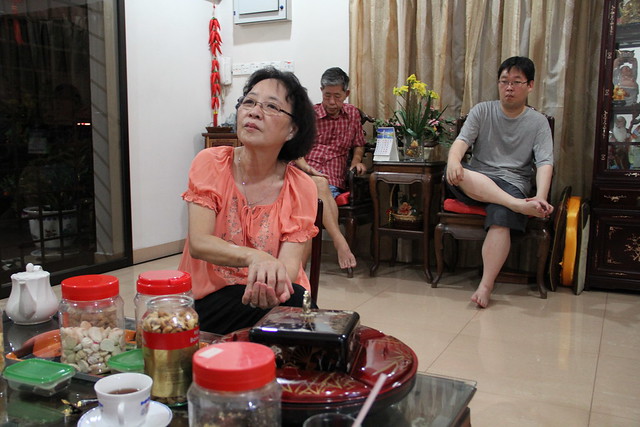The great filmmaker Edward Yang passed away exactly 10 years ago.
That was 2007. I remember it most for being the year I got into the film industry. It was that one year between my return from Perth (late 2006) and my subsequent relocation to Tokyo (April Fool 2008).
5 years ago, to mark the 5th anniversary of his passing, I wrote this post about his films.
In that post, I remembered and chronicled my experiences of watching four of his films.
(in this order)
YI YI, THE TERRORIZERS, BRIGHTER SUMMER DAY and A CONFUCIAN CONFUSION.
On the first time I saw YI YI:
In the course of the film's 3-hour running time, I found myself mesmerized and amazed by the novelistic scope of the film, which seemed to cover every single aspect of humanity in the film. It was an absolutely rich experience, that the film would follow the lives of a typical Taiwanese family in the span of a year, beginning with a wedding and ending with a death, and the middle of it, we see the Father reminiscing his past love with an old lover, the Mother crying over the monotonous everyday life she had led, the Daughter undergoing the experience of first love, and the Son, gradually finding his own artistic side, taking photos of people's backs because he wanted to take photos of things that people could not see.
Just like how the film was subtle in its majesty, my life, in a subtle way, was altered after watching the film, I never realized how much it would impact me.
One particular scene that stood out to me had been a masterful sequence which featured a crosscutting between Father speaking to his old lover about their previous relationship while they were both in Japan, and Daughter, during her chaste first date. I stopped and looked at the sequence over and over, years later I would attempt its editing methods on Ming Jin's film WOMAN ON FIRE LOOKS FOR WATER, and a couple of my shorts.
On the first time I saw A BRIGHTER SUMMER DAY:
It was also in 2008 when I saw the 4-hour film A BRIGHTER SUMMER DAY (1991). This would end up as my favourite Edward Yang film of them all. Again, this was a sprawling tale set in the 60s and revolves around a 14 year old boy. The literal Chinese title was "THE MURDER INCIDENT IN GULING STREET", which was an incident that really happened during Edward Yang's teens, when a teenaged boy murdered his girlfriend who happened to also be involved with a teen gang leader. Therefore, knowing Chinese, what exactly happened towards the end of the film wasn't exactly a surprise, but watching it placed in context of the Taiwanese political environment then, and seeing how it affected the many primary characters in the film (the film had a cast of hundreds of amateurs), gradually consuming and eating their souls, the ending was inevitable.
Interestingly, in that post, I wrote about hearing news of A BRIGHTER SUMMER DAY being restored, and how I have yearned to see the film on big screen. That was 2012. I managed to fulfil that dream at Busan Film Festival 2015.
From 2007 to 2010, I only managed to watch 4 of his films.
From 2010 to 2013. I finished the rest of the films from his filmography. MAHJONG, THAT DAY ON THE BEACH, and finally, TAIPEI STORY.
Those old posts I wrote, they are more detailed when it comes to articulating how I felt about the films.
Anyway, in the last few days, as usual, a few film friends on Facebook had been commemorating and celebrating the works of Edward Yang.
I joined in.
And finally, a video from a recent BRIGHTER SUMMER DAY cast reunion. Somehow I can only embed the video and not my post, so I'll include what I wrote on my FB post.
10 years ago Edward Yang passed away. After his death I started watching his films. It was a year after I got back from Perth and a year before I moved to Tokyo.
I started with YI YI, it opened my eyes to the possibilities of cinema. After that, I went to Tokyo, on one afternoon I managed to watch BRIGHTER SUMMER DAY. Life changed. I have watched the film a few times in the past decade, including its restored version on the big screen. Aside from Chang Chen,Elaine Jin and Lawrence Ko, most of the cast members remained in my mind, perpetually frozen in time, looking the way they look in the film.
So it feels so amazing to see this BRIGHTER SUMMER DAY cast reunion!!! Everyone looks so different after 25 years! Especially Cat, seeing him as an adult blows my mind (he's supposed to be in subsequent Edward Yang films but I couldn't recognise him)



